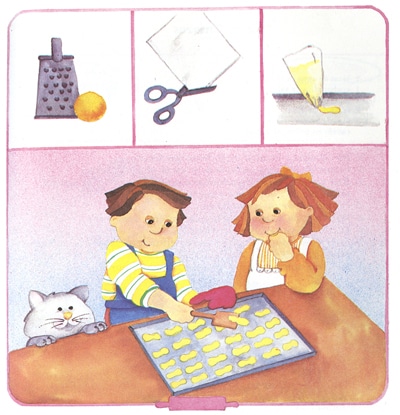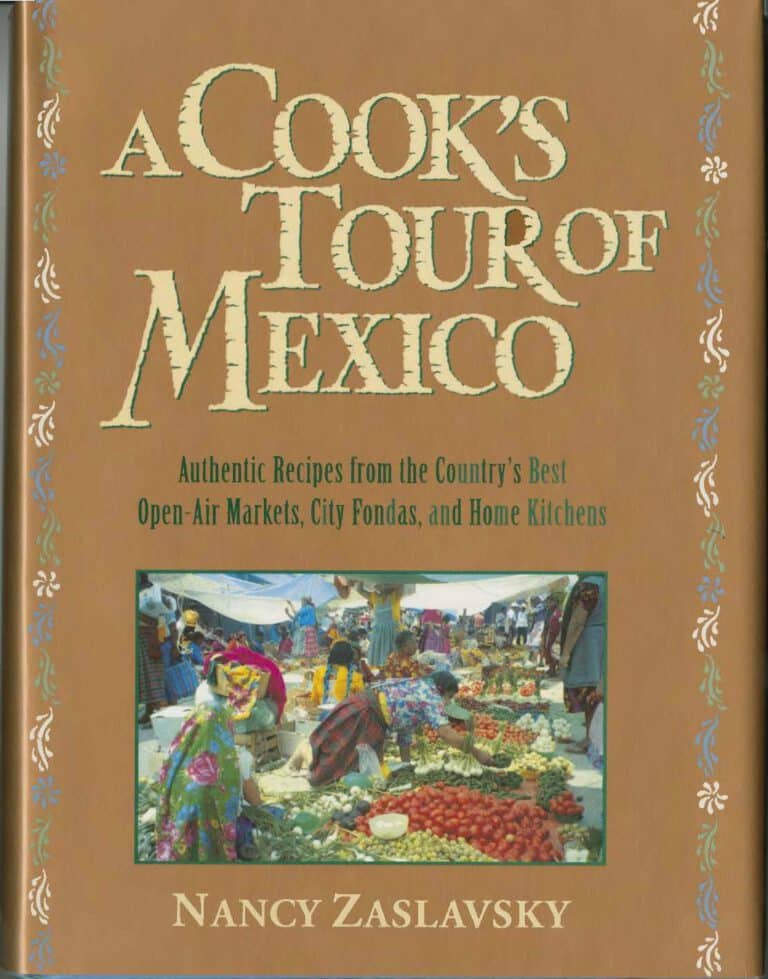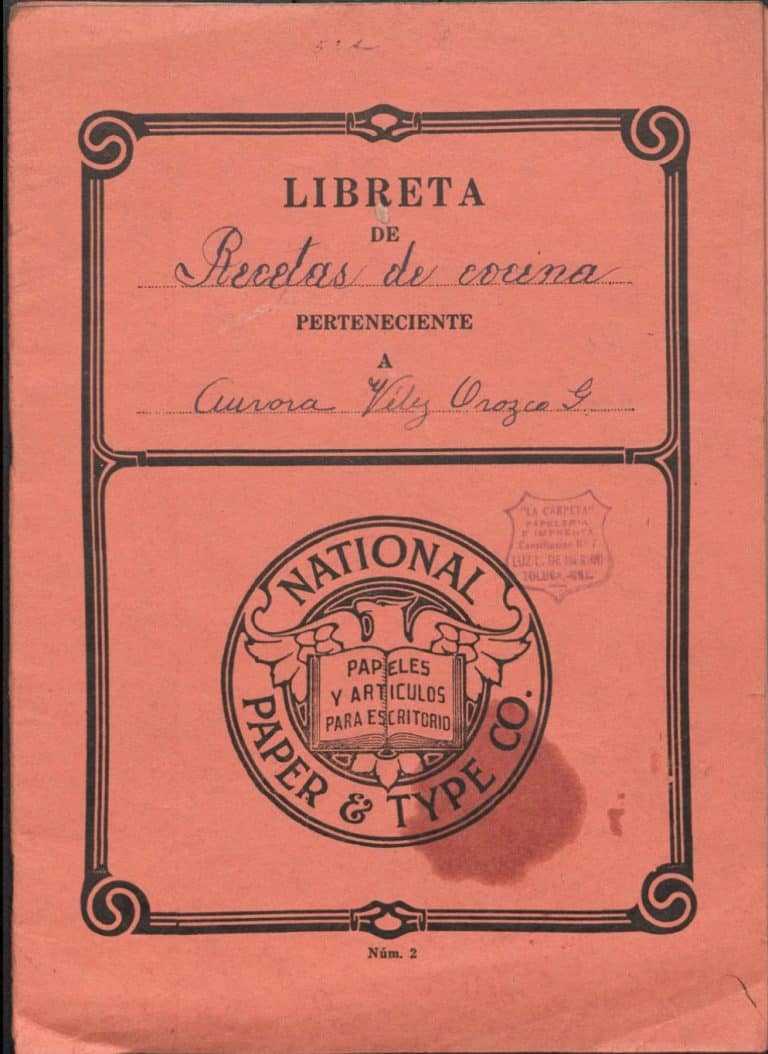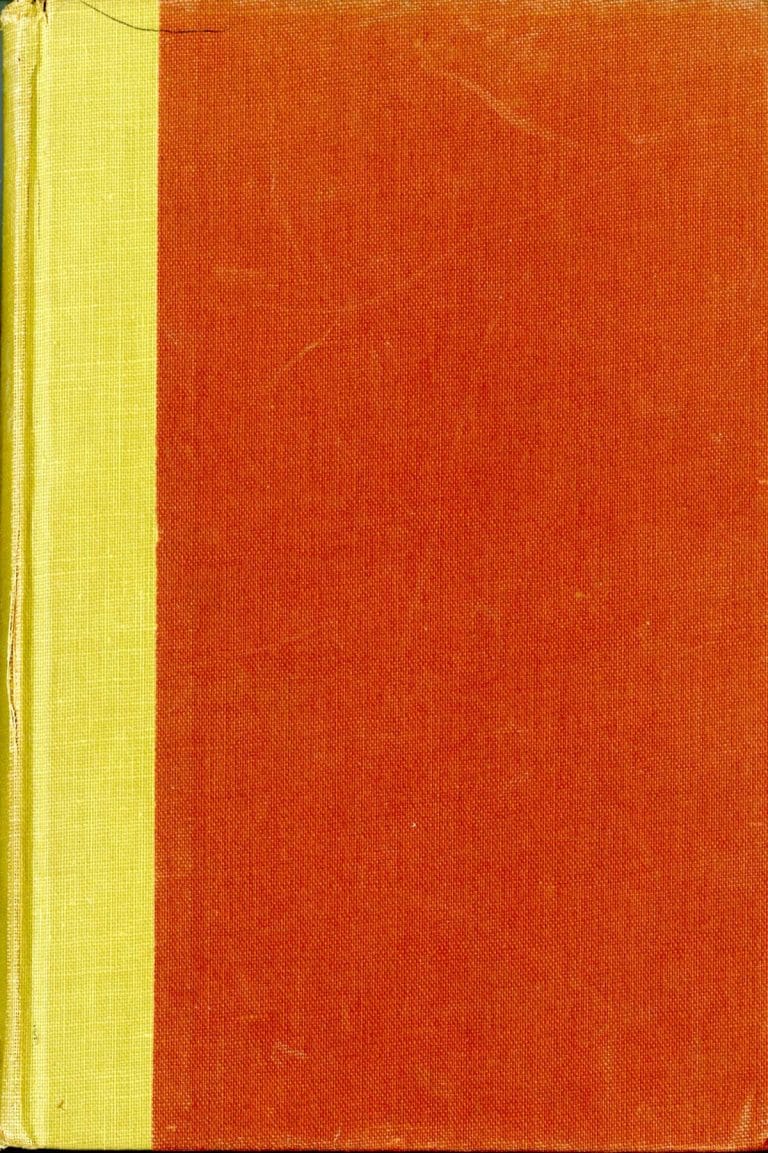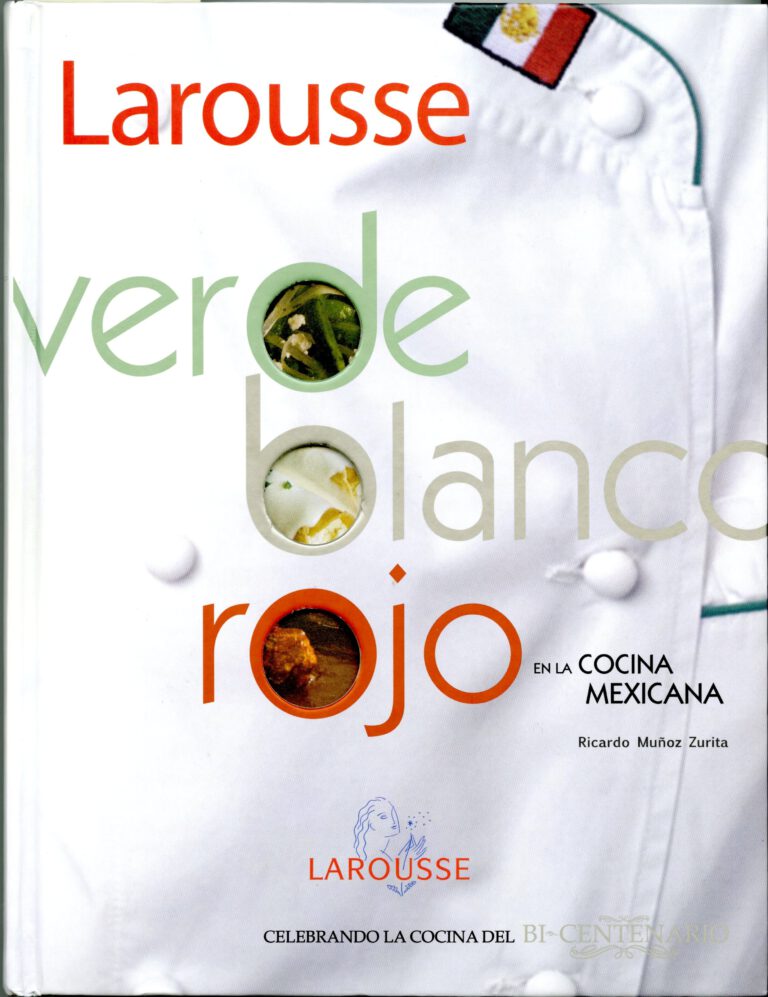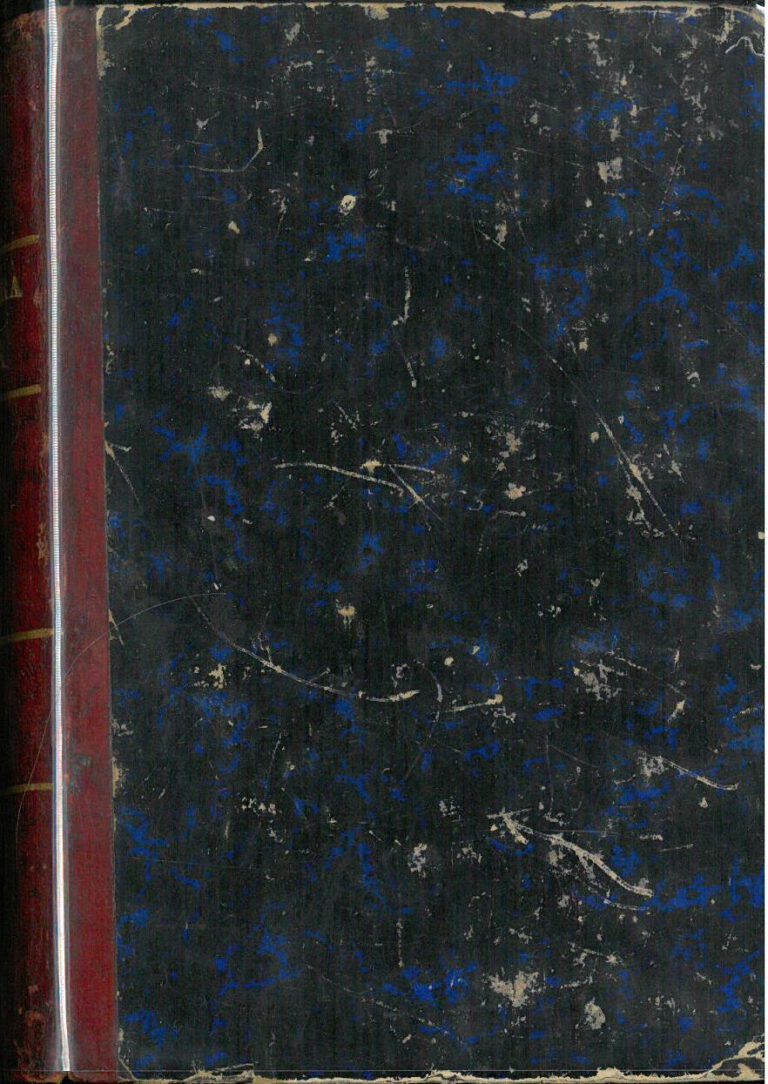La Cocina Familiar de Puebla Recipes for Cinco de Mayo
Consejo Nacional para la Cultura y las Artes (Mexico). La Cocina familiar en el estado de Puebla. México : CONACULTA : Océano, 2000 [TX716 .M4 P84 2000.
![Consejo Nacional para la Cultura y las Artes (Mexico). La Cocina familiar en el estado de Nuevo León. México : CONACULTA : Océano, 2001 [TX716 .M4 N84 2001].](https://lacocina.utsa.edu/wp-content/uploads/2011/08/puebla-2-2.jpg)
Cinco de Mayo commemorates the May 5th 1862 battle won by the Mexican army against invading French forces. While this battle did not prevent the French occupation and the establishment of the short-lived Second Mexican Empire, it was very important at the time for boosting the country’s morale and in the year since since, it has become widely observed in the United States as a day to celebrate Mexican heritage and culture.
Harkening back to Cinco de Mayo’s origins in Puebla, today we offer three recipes suggested for Cinco de Mayo celebrations in CONACULTA’s La Cocina familiar en el estado de Puebla: Chalupitas, Barbacoa, and Camotes de Santa Clara.
Chalupitas poblanas (20)
½ k. masa de maíz
¼ k. carne de puerco, cocida
150 g. manteca
2 cebollas finamente picadas
Salsa verde
½ k. tomates verdes
3 chiles serranos
1 diente de ajo
Sal, al gusto
- Hacer las chalupitas con la masa; se trata de unas tortillas chicas, en forma alargada, que se cuecen en el comal
- Colocar en una sartén, sobre la lumbre, las chaulpitas, encima ponerles manteca requemada y salsa verde; sobre la salsa, cebolla picada y carne deshebrada. Rociar con manteca muy caliente y servirlas inmediatamente.
- Rinde 6 raciones.
Salsa
- En dos cucharadas de manteca, freír los tomates asados y molidos con los chiles asados, ajo y sal; hervir hasta que la salsa espese.
Chalupitas de Puebla (20)
½ k. cornmeal
¼ k. pork, cooked
150 g. butter
2 onions, finely chopped
Salsa Verde
½ k. green tomatoes
3 serrano chiles
1 clove garlic
Salt, to taste
- Make the dough for the chalupitas; form small, elongated tortillas, and cook on the griddle
- Place the chalupittast in a skillet over the fire, and over top, add browned lard and green salsa. Top with chopped onions and shredded meat.
- Drizzle with hot lard and serve immediately.
- Makes 6 servings.
Salsa
- In two tablespoons lard fry the roasted tomatoes and grind with roasted peppers, garlic and salt, boil until sauce thickens.
Barbacoa de hoyo (44)
1 borrego
¼ k. garbanzo
6 chiles guajillo
6 chipotles
4 chiles anchas
Leña suficiente
Pencas de maguey
Agua de cal
- Cavar un hoyo ede un metro de profundidad. Colocar leña en forma piramidal, cubriendo el fondo.
- Prendar con un pedazo de ocote y dejarlo quemar hasta que se convierta en brasa.
- Preparar las pencas de maguey que deben cubrir el hoy y la carne.
- Sacrificar el borrego; limpiar ydescuartizar en piezas. Limpiar el menudo (entrañas del animal ) con agua de cal asentada; raspar con un cuchillo; lavar perfectamente.
- Introducir en la panza, con salsa verde o roja, todo el menudo.
- Colocar en un cazo la cabeza y patas con los chiles tostados, garbanzos y cinco litros de agua; ponerlo en el fondo del hoyo para obtener consomé. Instalar encima del cazo una reja, cruzando encima de ella unas pencas de maguey. Colocar las piezas del borrego y la panza rellena sobre las pencas de maguey.
- Cubrir la carne, muy bien, con más pencas; poner tierra encima. Retirar después de doce horas.
- Rinde 25 raciones.
Barbacoa (44)
1 lamb
¼ k. chickpeas
6 guajillo chiles
6 chipotles
4 chiles anchas
Sufficient firewood
Maguey leaves
Limewater
- Dig a hole one meter deep ede. Place wood in a pyramid shape, covering the bottom.
- Light with a piece of pine and let burn until coals form.
- Prepare the maguey leaves. There should be enough to cover the meat.
- Butcher the the lamb; clean and cut into pieces. Clean the offal (entrails) with lime water. Scrape with a knife and wash well.
- Fill the belly with red or green sauce, and all the menudo.
- Place the head and legs in a pan with roasted peppers, chickpeas and five liters of water, and put it in the bottom of the hole to obtain soup. Over the saucepan, install a grill, crossing it with maguey leaves.Put the pieces of lamb on the maguey leaves.
- Cover the meat well with more leaves and cover with dirt on top. Remove after twelve hours.
- Makes 25 servings.
Camotes de Santa Clara (57)
2 k. camote cocido, pelado, y colado
1 ½ k. azúcar
2 tazas de agua
Miel
450 g. azúcar
1/8 litro de agua
- Poner al fuego el azúcar con el agua; en el momento en que tenga punto de bola dura, agregar el camote, que se pone a hervir hasta formarse una pasta. Batir luego hasta que enfríe.
- Formar los camotes y colocarlos sobre una tabla forrada con papel encerado; dejarlos reposar un día.
- Barnizarlos con miel, dejarlos secar perfectamente y envolverlos en papel de China o encerado.
- Rinde 15 raciones.
Miel
- Poner al fuego el azúcar, retirar en el momento en que tenga punto de hebra fuerte, es decir, que al tomar un poco de la miel entre los dedos, se pueda formar una hebra gruesa y consistente.
Nota: Las quemaduras de azúcar se duele mucho. Ten cuidado. Es mejor a usar una termómetro o una cuchara.
Camotes de Santa Clara (57)
2 k. sweet potatoes, cooked, peeled, and strained
1 ½ k. sugar
2 cups water
Sauce
450 g. sugar
1 / 8 liter water
- Heat the sugar and water. When it reaches the hard ball candy stage (250-266*F), add the sweet potatoes and boil until a paste forms. Remove from heat and beat until cool.
- Form the candies and place on a table lined with waxed paper, let stand one day.
- Coat with sauce and let candy dry thoroughly and wrap in waxed paper.
- Makes 15 servings.
Sauce
- Put the sugar over the fire; remove at the thread candy stage (223-235*F), when taking a bit of sauce between the fingers, a strong, consistent strand forms.
Note: Sugar burns are very painful. Be careful. It’s better to use a thermometer or a spoon.

